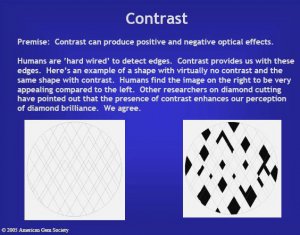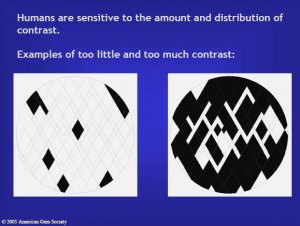rogue
Shiny_Rock
- Joined
- Jul 15, 2006
- Messages
- 180
We know that a top symmetry grade does not indicate the light performance, which is determined by the cut. So, for example, a very deep round stone with a 42 pavilion angle will likely not have good light performance, though it may have excellent symmetry, even hearts and arrows symmetry. Yet I can also imagine a situation where the stone is cut optimally as far as angles, but the symmetry and facet alignment is so poor that the light performance may be throw off. Are there any circumstances that would cause a stone with both 1) good angles and other cut criteria (as determined by the HCA or other accepted measurements) and 2) excellent symmetry to have poor light performance?









300x240.png)